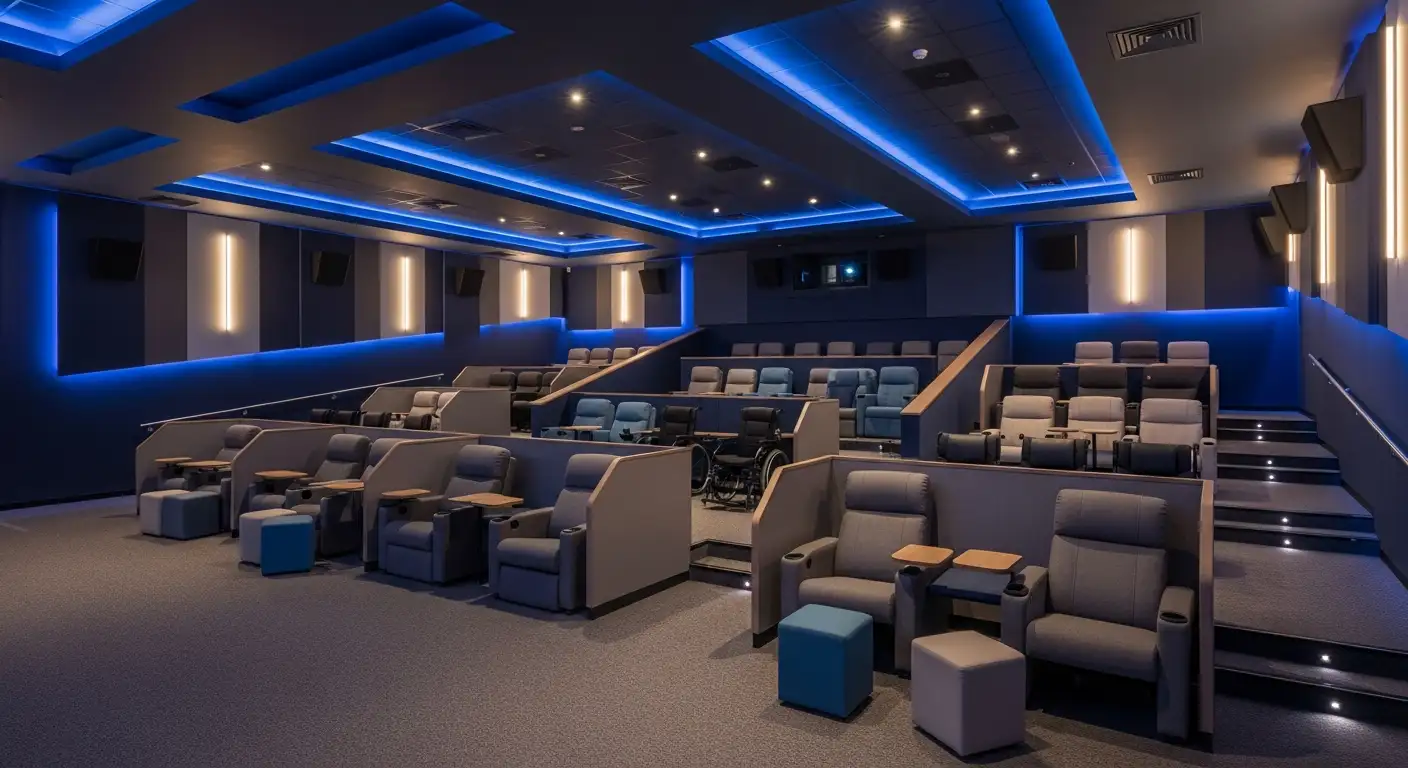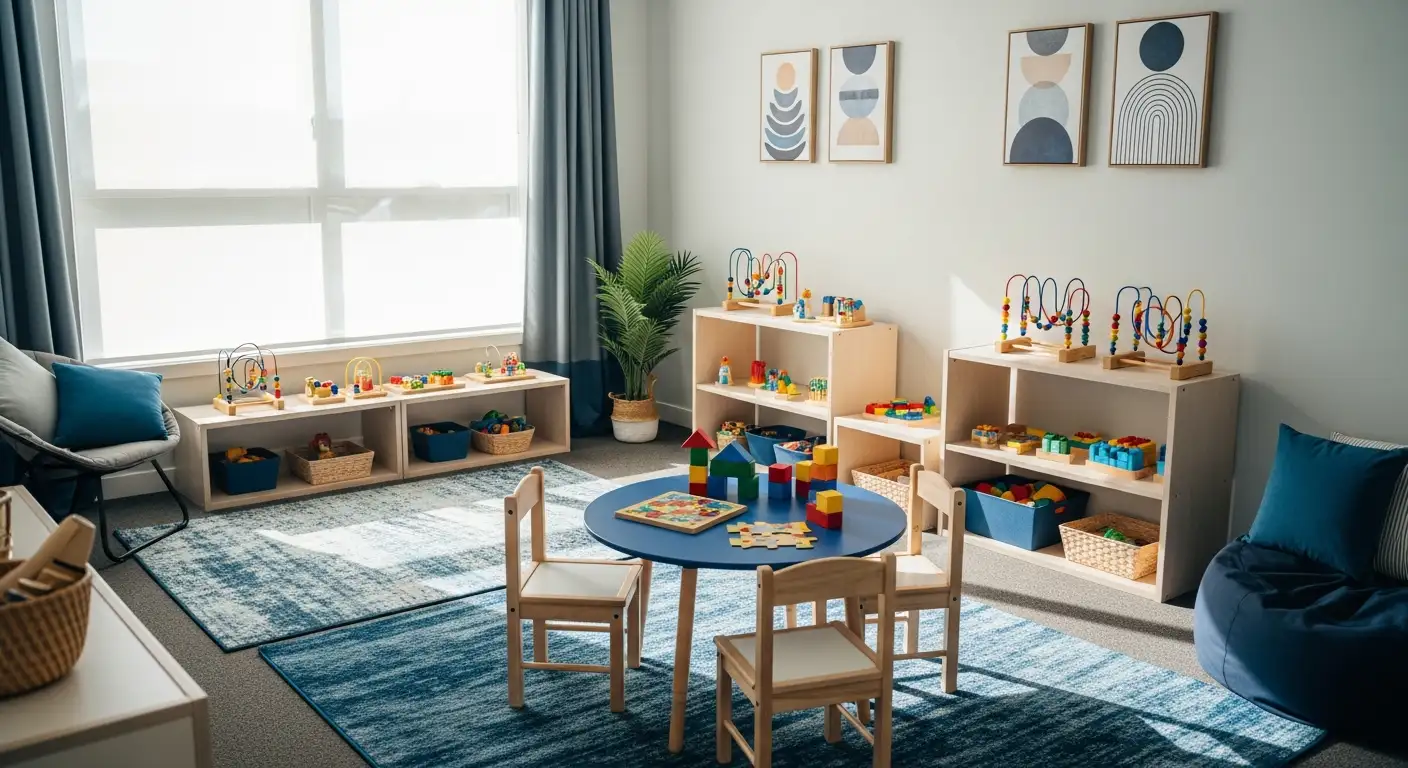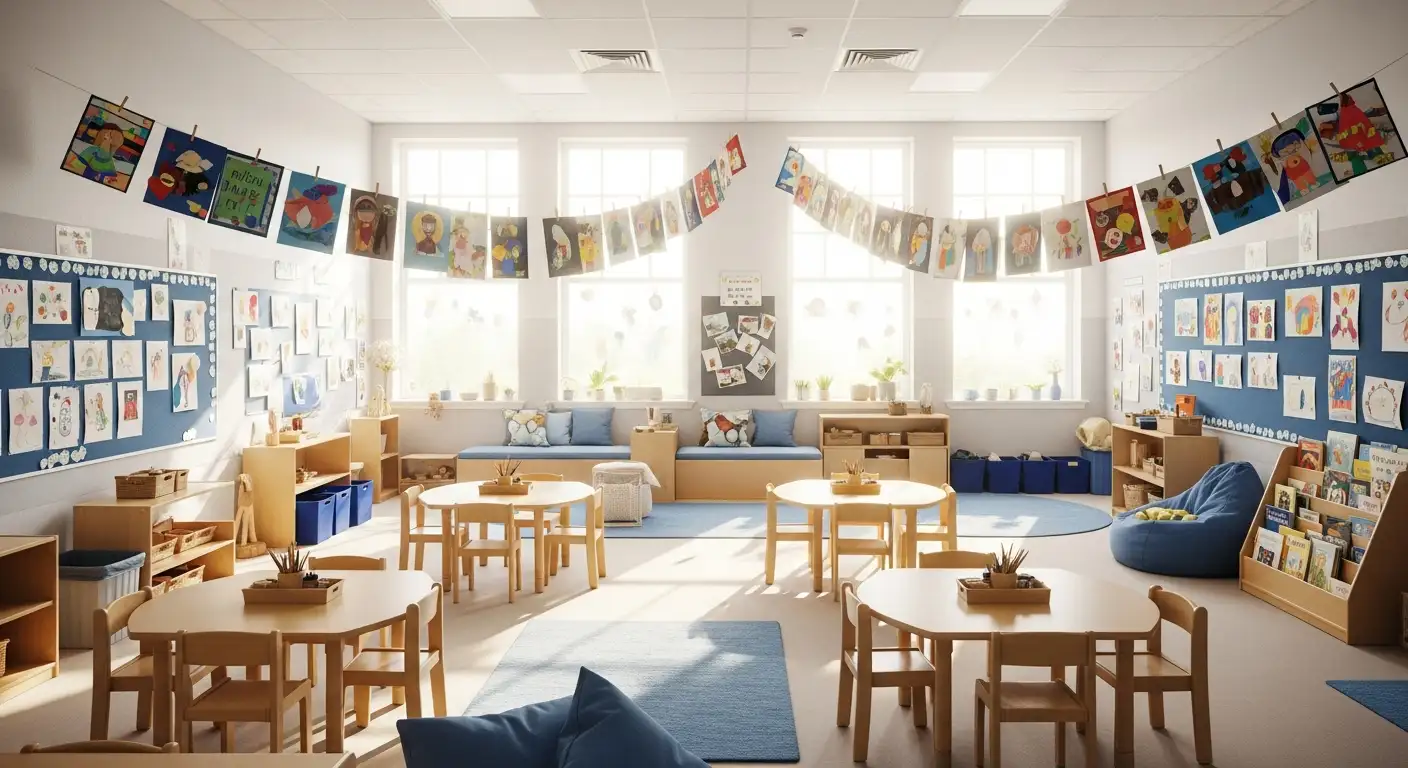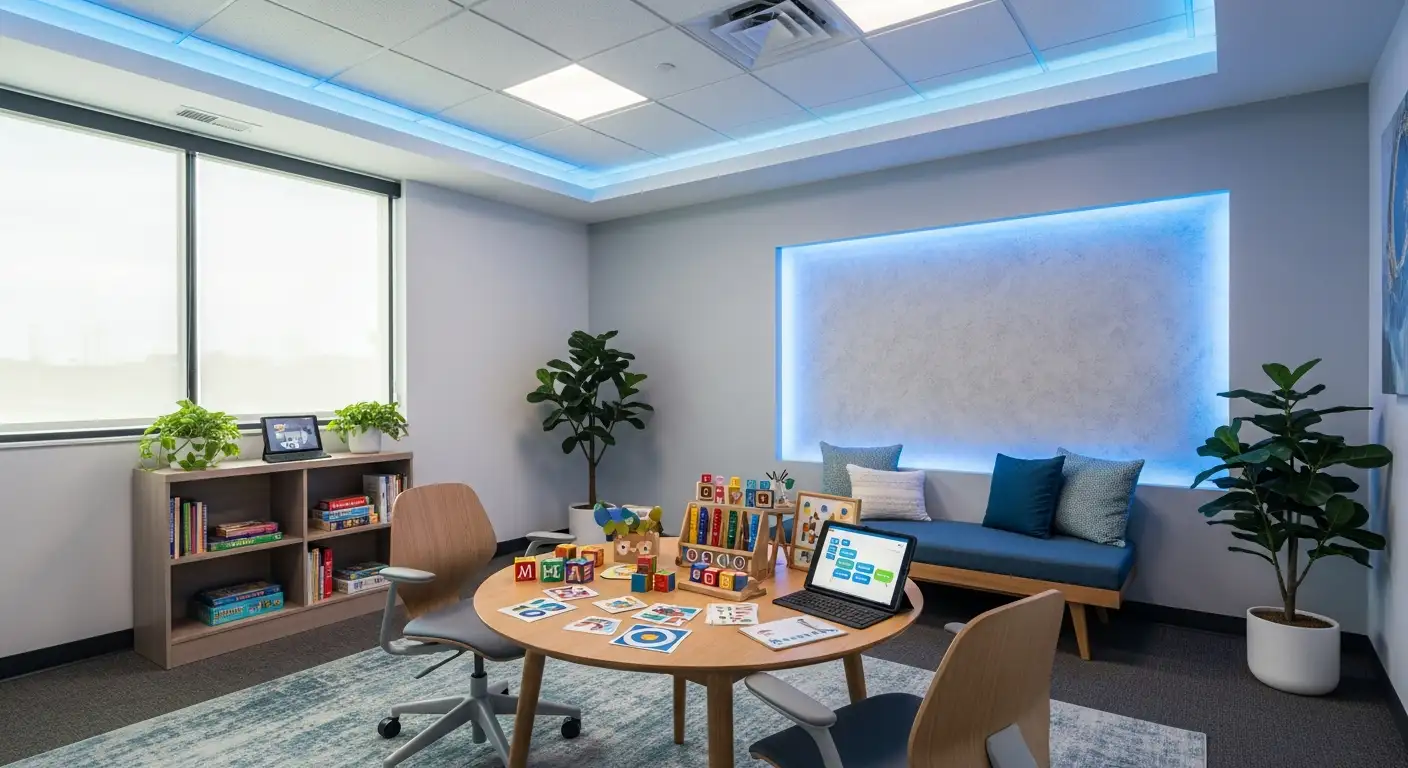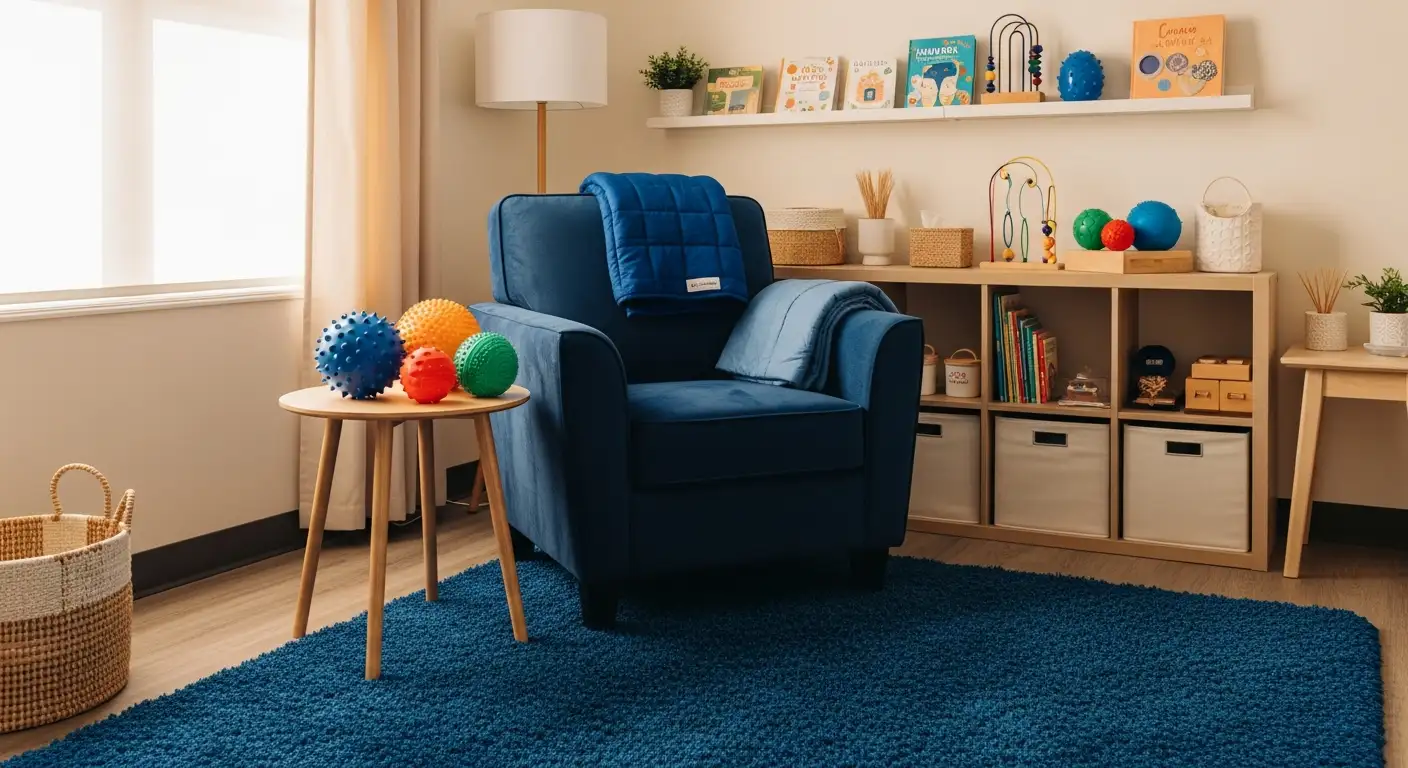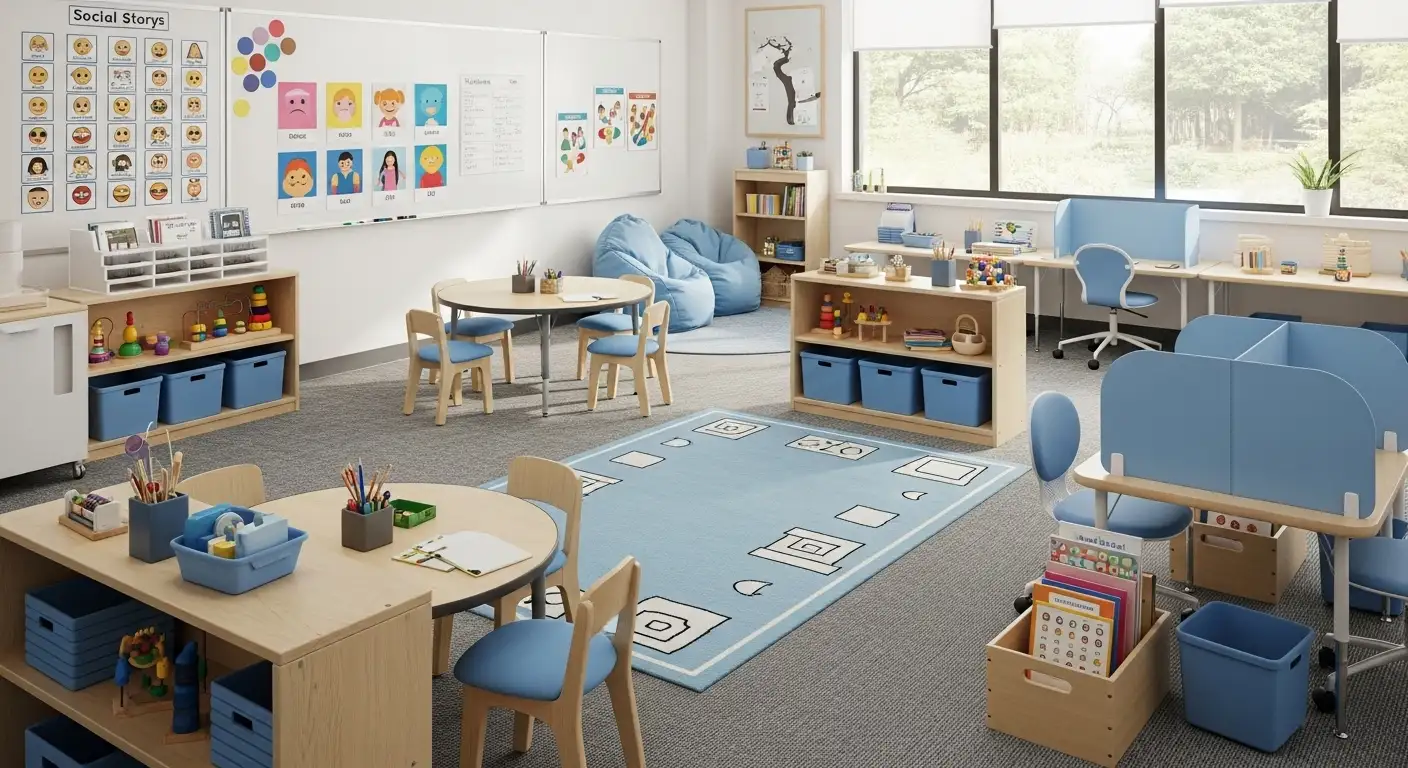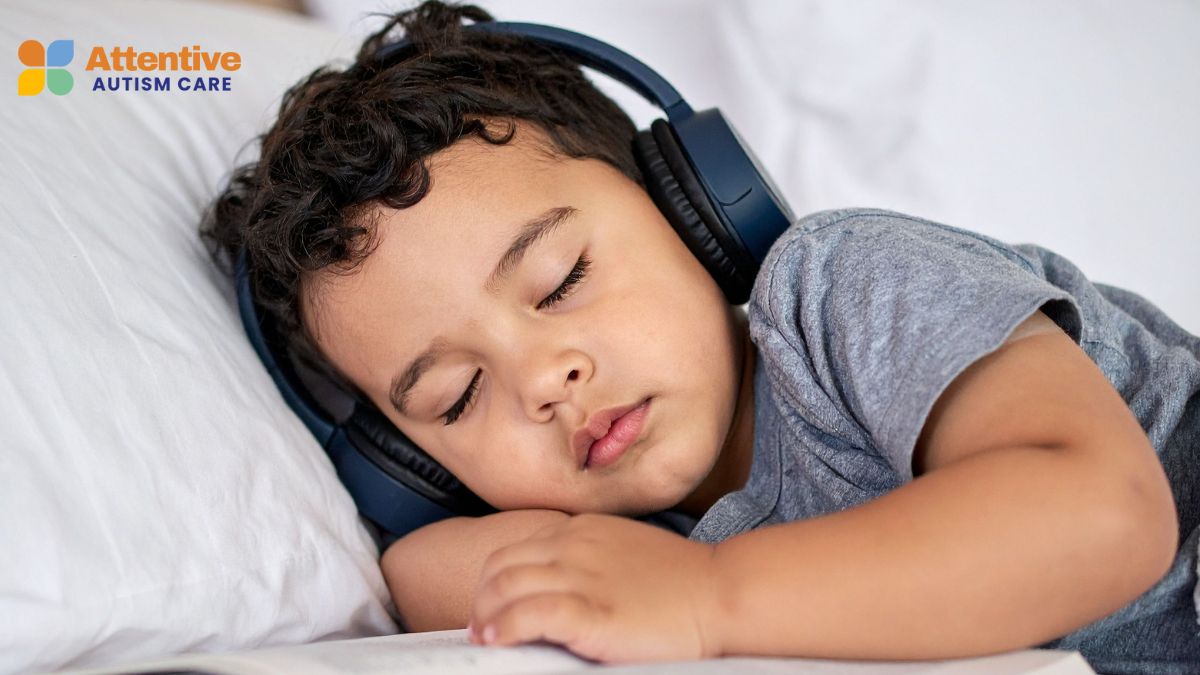Movies & TV Shows About Autism
Enhancing Understanding Through Autism in Film and Television

Exploring Autism Portrayals in Visual Media
Movies and TV shows serve as powerful mediums for shaping perceptions and raising awareness about autism spectrum disorder (ASD). With a spectrum that encompasses a broad range of experiences, authentic portrayals are crucial for fostering understanding, empathy, and acceptance. This article delves into the resources available for learning about autism through media, highlights notable films and series featuring autistic characters, examines how autism is typically represented, and offers guidance on accessing these materials across various platforms.
Resources for Learning About Autism Via Media
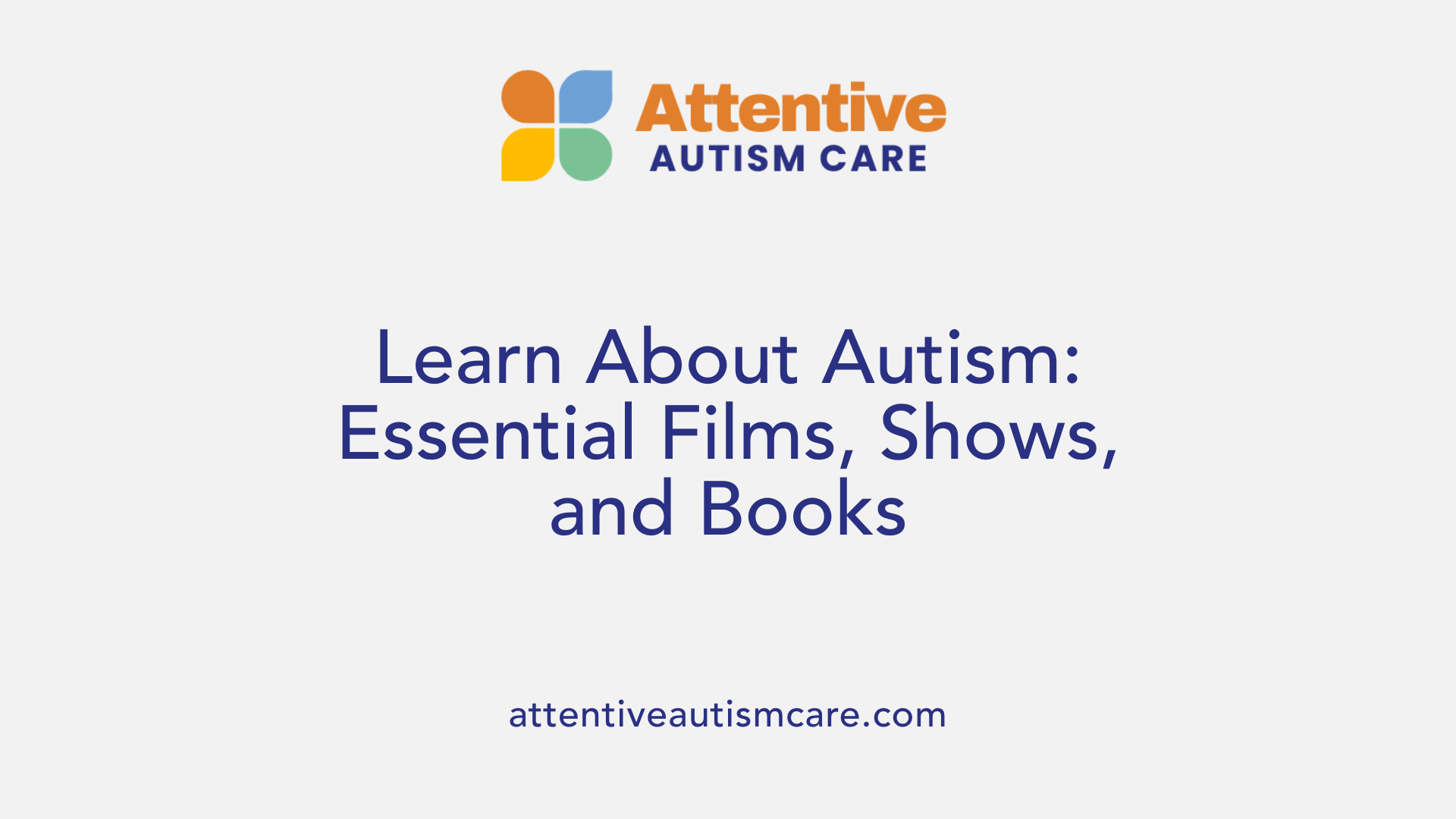
What resources are available to learn about autism through movies and TV shows?
Media portrayals of autism have become increasingly diverse and authentic, offering valuable insights for those seeking to understand autism spectrum disorder. Resources include a wide array of films and TV programs that highlight real experiences, often created with input from autistic individuals. For example, animated series like 'Pablo' (2017) depict a boy on the spectrum who uses imagination and adventures inspired by real-life stories, helping viewers empathize with autistic children.
Serious documentaries such as 'The Reason I Jump' (2020) and 'Life, Animated' (2016) provide factual, firsthand perspectives from nonverbal and verbally expressive autistic individuals, respectively. These works shed light on their unique ways of experiencing the world, fostering understanding and acceptance.
Books and longer-form resources also play a vital role. 'The Reason I Jump,' based on a novel, offers inside views into the internal experiences of nonverbal autistic people, and is often complemented by educational guidebooks and articles.
Critical reviews and guides from autism advocacy groups help audiences distinguish between stereotypical or sensationalized representations and genuine portrayals. Recognizing tropes like savant abilities or social withdrawal can help viewers develop a nuanced understanding.
Involvement of autistic creators and advocates in media production has significantly enhanced authenticity. Examples include shows like 'Atypical' and 'The A Word,' which feature characters with autism written and acted by autistic individuals or with their consultations.
Social media platforms are also invaluable resources. Autistic individuals share their stories, experiences, and commentary directly, providing real-time insights that challenge misconceptions and highlight diversity within the spectrum.
Overall, these resources—from films and TV shows to documentaries, books, and online communities—offer an accessible foundation for learning about autism, emphasizing respect, accuracy, and authentic representation.
Streaming Platforms Offer Rich Autism Representation
 Where can I find movies and TV shows that feature autism on streaming platforms?
Where can I find movies and TV shows that feature autism on streaming platforms?
You can access a diverse selection of autism-related movies and TV shows on popular streaming services such as Netflix, Hulu, and Amazon Prime. These platforms have curated collections that highlight stories about autistic characters, their experiences, and the broader neurodiverse community.
For example, Netflix offers 'Atypical,' a series centered on a teenage boy on the autism spectrum who seeks independence and explores relationships. This show is widely praised for its realistic portrayal and heartfelt storytelling. Another notable title is 'The Lighthouse of the Orcas,' which tells the touching story of an autistic boy and his mother traveling to Patagonia, where they connect with wild orcas, illustrating themes of emotional bonds and understanding.
In addition, many films focus on children and their families, such as 'A Boy Called Po,' which depicts an autistic boy and his father navigating life's challenges through imagination and resilience. The platform also includes documentaries like 'Life, Animated,' which explores how Disney movies helped a young man with autism communicate and connect.
When searching these platforms, use keywords such as 'autism,' 'autistic,' or 'neurodiverse' to discover relevant content. Most streaming services even feature curated lists or categories dedicated to autism representation, making it easier for viewers to find meaningful stories.
Furthermore, titles like 'The Boy Who Could Fly,' 'Rain Man,' and 'Temple Grandin' are also available across various streaming platforms, offering a range of perspectives from classic portrayals to inspiring real-life stories.
To conveniently access these shows and movies, consider browsing through sections labeled 'Autism Awareness,' 'Neurodiversity,' or 'Inclusive Stories.' This curated approach can help viewers find high-quality content that promotes understanding and acceptance.
Overall, streaming platforms are valuable resources for exploring the rich tapestry of autism narratives, fostering empathy, and educating audiences about neurodiverse experiences.
Examples of autism-focused content readily available include:
| Title | Platform | Description | Suitable Age Group |
|---|---|---|---|
| Atypical | Netflix | Teen seeks independence, explores relationships | Teenagers & Adults |
| The Lighthouse of the Orcas | Netflix | Mother and autistic son bond with wild orcas | Families & Adults |
| A Boy Called Po | Amazon Prime | Autistic boy and father face life's challenges | Children & Families |
| Life, Animated | Hulu | Real story of a young man connecting through Disney movies | All ages |
| Rain Man | Any platform | Classic story of an autistic savant and brotherhood | Adults |
| Temple Grandin | HBO Max | Biopic of a scientist on the spectrum | Adults |
Using these platforms and search strategies, viewers can access a wealth of stories that reflect the diverse realities of autistic individuals. Whether for education, awareness, or entertainment, streaming services serve as excellent venues for rich autism representation.
Familial and Child-Friendly Portrayals of Autism
Several films and TV shows stand out for their positive and accurate depiction of autism, especially suited for children and families seeking to understand or connect with autistic experiences. One of the most notable examples is Temple Grandin (2010), a biographical film about an autistic woman who became a renowned scientist. This movie provides an insightful and inspiring perspective on living with autism and achieving success through understanding one's unique neurological makeup.
Another significant series is Atypical (2017-2021), which centers around Sam Gardner, a teenage boy with autism in pursuit of independence and meaningful relationships. It offers a nuanced view of an autistic teenager’s daily life, highlighting challenges, growth, and family support.
Animated movies also play a vital role in portraying emotions and memory, core aspects of autism that many children relate to. Inside Out (2015) vividly depicts the inner emotional world of a young girl, illustrating how different feelings interact and influence behavior. Though not about autism directly, Inside Out teaches about emotion regulation in a way accessible to children. Similarly, Finding Dory showcases memory challenges through the lovable fish’s adventures, subtly reflecting aspects of memory issues faced by some autistic individuals.
For stories demonstrating the power of connection, Life, Animated (2016) is an inspiring documentary about a young man on the autism spectrum who uses Disney movies to communicate and relate to others. Such stories emphasize the importance of understanding and embracing neurodiversity.
Family-friendly classics like Frozen and The Peanuts Movie promote principles of acceptance, kindness, and authentic relationships, making them ideal choices for young audiences. They gently introduce themes of understanding differences and celebrating individuality.
When selecting titles for children, it’s crucial to consider each child's personal preferences and sensitivities. Some children may find certain themes more engaging or comforting than others. It’s also beneficial to include stories that depict characters with a variety of traits and experiences, providing a broader understanding of autism.
In summary, the best films and shows for children about autism include Temple Grandin, Atypical, Inside Out, and Life, Animated. These titles offer positive, educational, and relatable portrayals, fostering empathy and awareness in young viewers.
Media's Evolving Portrayal of Autism Spectrum Disorder
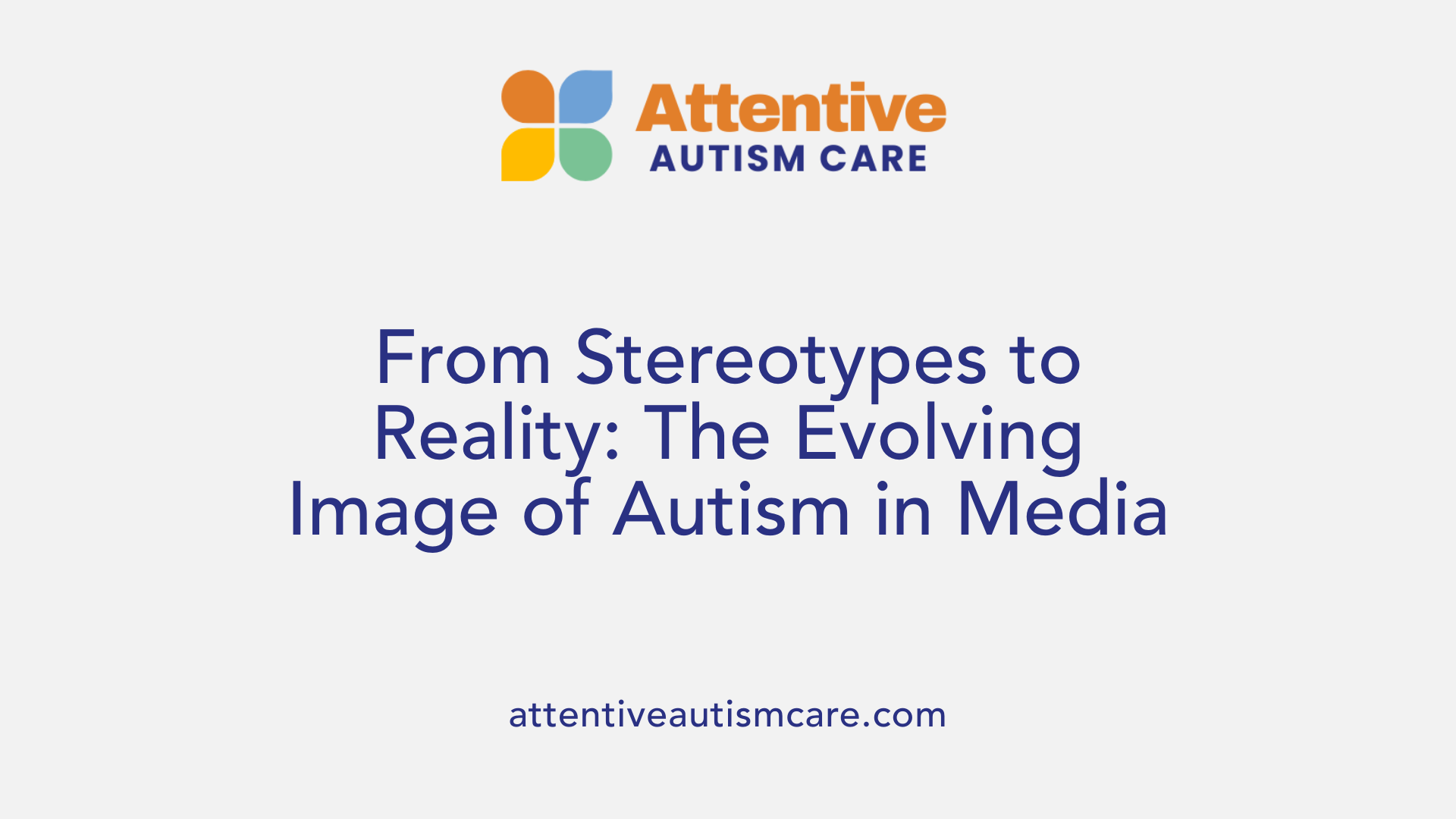
How are autism spectrum disorder and autistic characters typically portrayed in media?
Media representations of autism spectrum disorder (ASD) have seen significant changes over the years. Traditionally, many films and TV shows depicted autistic characters through a stereotypical lens, emphasizing traits like social withdrawal, insistence on sameness, and special interests. Early movies such as Rain Man (1988) contributed to popular perceptions by highlighting savant abilities, often romanticized, which led to misunderstandings about the diversity of autism.
In earlier media, characters with autism were frequently portrayed as having limited social skills or functioning at a very basic level. These portrayals often lacked depth, reinforcing negative stereotypes that could contribute to stigma and misconceptions about what it means to live with autism.
However, recent developments have aimed to portray ASD with more authenticity and complexity. Films like Temple Grandin (2010) tell the stories of real individuals who have achieved remarkable accomplishments, showcasing their strengths, talents, and challenges. TV series such as Atypical (2017-2021) and The A Word (2016-2020) feature characters with diverse traits associated with autism, exploring the nuances of daily life, relationships, and independence.
Moreover, animated works like Pixar’s Loop (2020) introduced characters with autism, emphasizing friendship, understanding, and human connection. Documentaries such as Life, Animated (2016) and The Reason I Jump (2020) provide real-life insight into the experiences of autistic individuals, often highlighting their perspectives and agency.
From stereotypes to realistic depictions
The shift from stereotypical to realistic portrayals reflects a broader societal move toward understanding and accepting neurodiversity. These more nuanced depictions aim to showcase not just the challenges but also the strengths and aspirations of people on the spectrum.
Current efforts for diverse and nuanced portrayals
Content creators and advocates are working to depict the autism spectrum as diverse, representing a range of ages, abilities, and cultural backgrounds. Examples include Love on the Spectrum (2019), which shows adults seeking love, and As We See It (2022), where characters on the spectrum are portrayed by actors who are themselves autistic.
Documentaries continue to play a crucial role, with films like Autism: The Musical (2007) and Being Michelle (2022) giving voice to autistic individuals’ personal stories. These portrayals help dismantle stereotypes, highlighting the multifaceted nature of autism.
Impact on public perception and stigma
Media has a powerful influence on shaping societal attitudes. When autism is depicted with accuracy and respect, it can foster greater understanding and empathy. Conversely, stereotypical portrayals may reinforce misconceptions and stigma, hindering acceptance and support.
Studies suggest that increased visibility of autistic adults, diverse stories, and authentic characters contribute to reducing stigma. For instance, the inclusion of characters with varied abilities and personalities promotes a broader understanding of what it means to be on the spectrum.
Representation of strengths, diversity, and lived experiences
The most impactful media portrayals recognize the strengths and unique perspectives of autistic individuals. By showcasing diverse experiences—from high-functioning autism to nonverbal communication—media helps to dismantle one-size-fits-all stereotypes.
Series like The A Word and Love on the Spectrum exemplify how personal stories and authentic representation can inspire greater acceptance. These portrayals are essential to reflect the true diversity within the autism community, fostering a more inclusive society.
| Film/TV Show/Documentary | Focus Area | Notable Traits | Relevance to Autism |
|---|---|---|---|
| Rain Man (1988) | Stereotypes | Savant skills, social difficulties | Early depiction, popularized autism |
| Temple Grandin (2010) | Real stories | Intelligence, innovation, social challenges | Biopic of a scientist and advocate |
| Atypical (2017-2021) | Nuanced portrayals | Independence, relationships, self-acceptance | Teen protagonist exploring life |
| Life, Animated (2016) | Real stories | Communication through Disney movies | Family perspective, achievements |
| Loop (2020) | Inclusive media | Friendship, understanding | Pixar’s first character with autism |
| The A Word (2016-2020) | Diversity | Family life, social challenges | British series depicting real-life themes |
| Autism: The Musical (2007) | Personal stories | Creativity, community | Autistic children’s artistic expression |
Understanding the evolution of autism portrayals in the media underscores how storytelling can impact societal attitudes. Moving forward, continued efforts to portray autism with diversity, authenticity, and respect are vital to fostering empathy and inclusion across communities.
Representative Characters and Their Stories
There is a rich and diverse range of movies and TV series that portray characters with autism or explore themes related to the autism spectrum. These stories serve to educate audiences, foster empathy, and increase awareness about the varied experiences of autistic individuals.
Some of the most iconic films include 'Rain Man' (1988), which introduced mainstream audiences to autism through the character of Raymond, a man with savant syndrome played by Dustin Hoffman. This film remains a seminal work for its portrayal of the familial bond and the unique abilities of individuals on the spectrum.
Biographical films like 'Temple Grandin' (2010) highlight the inspiring achievements of autistic individuals. This film narrates the life of Temple Grandin, a scientist and animal behavior specialist, emphasizing her journey overcoming challenges and making significant contributions to her field. Similarly, 'Autism: The Musical' (2007) and its sequel 'Autism: The Sequel' document the real-life efforts of autistic children creating and performing their own musical productions, illustrating their talents and resilience.
In addition to these, documentary films such as 'Life, Animated' (2016) reveal how a young man with autism connected with the world through Disney movies, showcasing the therapeutic power of storytelling.
Contemporary television series have made remarkable strides in representing autistic characters authentically. 'Atypical' (2017-2021) follows a teenage boy named Sam Gardner on his quest for independence and love, with Netflix often featuring cast members who are on the spectrum, enhancing credibility and depth of portrayal.
Similarly, 'As We See It' (2022) features lead actors who are autistic, portraying characters with a range of perspectives and experiences, emphasizing the diversity within the spectrum. 'Love on the Spectrum' (2019) highlights individuals actively seeking romantic relationships, emphasizing love and connection across different neurodivergent experiences.
Representation also extends to other shows like 'The A Word,' which depicts a family managing their son's autism diagnosis, and 'The Good Doctor,' centered on a young surgeon with autism and savant abilities. These series help normalize neurodiversity by showcasing autistic characters in varied roles and scenarios.
Progress in media is further supported by the inclusion of autistic actors and creators, which ensures authenticity and respectful representation. Prominent examples include Chloé Hayden in 'Heartbreak High,' and Kevin Valdez in 'Little Voice,' both contributing to genuine portrayals.
Diverse narratives reflect the broad spectrum of autism. Some stories focus on high-functioning individuals, like in 'Mozart and the Whale,' while others explore struggles and acceptance, such as 'The Story of Luke.' Films like 'Jack of the Red Hearts' and 'Extremely Loud & Incredibly Close' depict different challenges faced by autistic characters.
An overview of notable films and series includes:
| Title | Type | Main Themes | Notable Features |
|---|---|---|---|
| Rain Man (1988) | Film | Autism, family bonds | Autistic savant portrayal, Oscar-winning role |
| Temple Grandin (2010) | Biopic | Autism, innovation, overcoming challenges | Portrait of a pioneering scientist on the spectrum |
| Autism: The Musical (2007) | Documentary | Talents, self-expression | Real-life autistic children creating music |
| Atypical (2017-2021) | TV Series | Teen independence, relationships | Features actors on the spectrum |
| As We See It (2022) | TV Series | Different autism experiences | Lead actors also on the spectrum |
| Love on the Spectrum (2019) | Reality/Documentary | Romantic pursuits of autistic individuals | Focus on love and social skills |
| The A Word (2016-2020) | TV Series | Family, diagnosis, acceptance | Focuses on family dynamics |
| The Good Doctor (2017-) | TV Series | Surgery, neurodiversity | Main character with autism and exceptional skills |
The inclusion of autistic actors and creators is a positive shift toward authentic storytelling. They bring lived experiences to the roles, ensuring portrayals are nuanced and respectful.
Diverse storytelling not only educates but also highlights that autism is a spectrum with a wide range of life experiences. From high-functioning individuals to those with more significant support needs, these narratives help dispel stereotypes and promote acceptance.
Overall, the portrayal of autistic characters across media continues to evolve, enriching public understanding and fostering a more inclusive culture.
| Movie/Show | Year | Main Focus | Representation Type | Audience Suitability |
|---|---|---|---|---|
| Rain Man | 1988 | Autism, family bonds | Fictional, autistic savant | General audiences, all ages |
| Temple Grandin | 2010 | Achievements of a woman with autism | Biopic | Teen, adult |
| Atypical | 2017-2021 | Coming of age, independence | Fictional, teenage character | Teen, young adults |
| Autism: The Musical | 2007 | Talents and self-expression | Documentary | All ages |
| Love on the Spectrum | 2019 | Romantic relationships | Documentary/Reality | Teen and adult |
This selection underscores the wide range of media that depict autism with increasing accuracy and empathy, reflecting a society that continues to grow more accepting and understanding of neurodiversity.
The Significance of Authentic Representation in Media
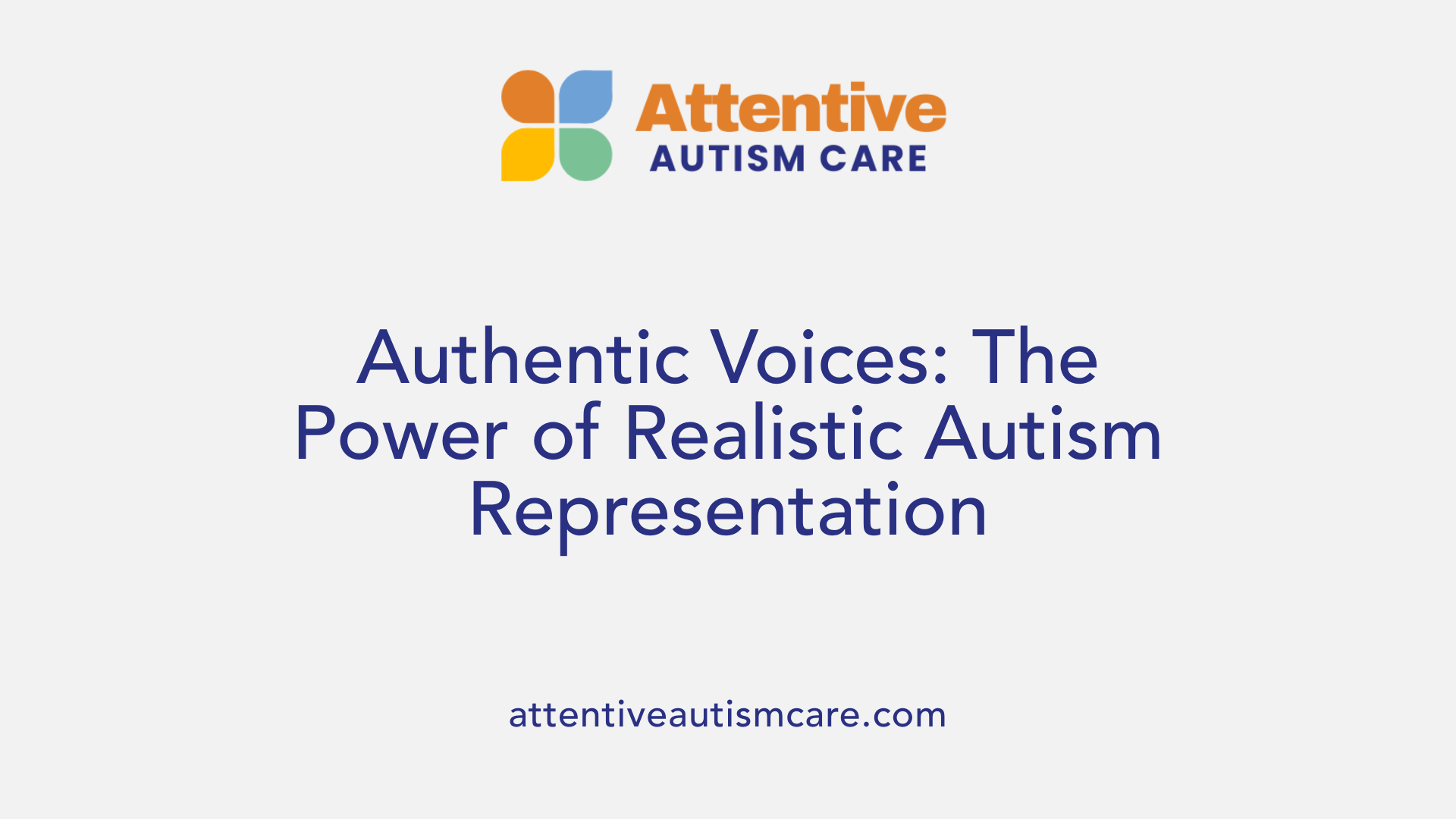
What resources are available to learn about autism through movies and TV shows?
There is a wide array of films and television series that offer valuable insights into the experiences of individuals with autism. Many of these works are crafted with input from autistic creators and advocates, ensuring a more authentic portrayal.
For example, series like Pablo (2017) feature characters on the spectrum whose stories are inspired by real-life experiences, emphasizing imagination, adventure, and personal growth. Additionally, Julia, a part of Sesame Street, includes episodes specifically designed to showcase the lives and challenges of autistic children, fostering understanding through relatable storytelling.
Documentaries such as The Reason I Jump (2020) and Life, Animated (2016) provide firsthand perspectives from nonverbal and verbal Autistic individuals. These films highlight their unique ways of experiencing the world, promoting awareness and dispelling stereotypes.
Books like The Reason I Jump, based on a memoir by a nonverbal autistic, serve as supplementary educational tools, offering deep insights into the mindset and experiences beyond media depictions.
Organizations and expert reviews also play a vital role. They offer resources that help viewers distinguish between stereotypical portrayals—such as the overemphasis on savant skills—and nuanced, realistic representations. Through guides and critic analyses, audiences can learn to recognize authenticity and appreciate the diversity within autism.
Involving autistic creators and advocates in media production has significantly improved the accuracy and diversity of portrayals. Projects like Loop (2020), which features the first Pixar character with autism, and The Horse Boy (2009), a documentary exploring healing journeys, demonstrate the positive impact of authentic storytelling.
Furthermore, social media platforms have empowered autistic individuals to share their personal stories directly, broadening the resource base and fostering communities of understanding. These firsthand narratives help educate the public and promote acceptance.
In sum, the combination of films, series, documentaries, books, and active participation of autistic voices provides an extensive, rich resource for learning about autism through media. These tools help demystify autism, challenge misconceptions, and promote a more inclusive understanding.
Promoting Awareness Through Media
Overall, movies and TV shows about autism play a vital role in educating the public, challenging stereotypes, and fostering understanding. The landscape continues to evolve, embracing more authentic and diverse portrayals that reflect the complexity of autistic experiences. By accessing a range of resources—from documentaries and feature films to TV series—viewers can deepen their knowledge and empathy. As representation improves, media becomes a powerful tool for advocacy, promoting acceptance, and supporting the autistic community worldwide.
References
- Top 36 Movies and TV Shows Featuring Autism
- Best Movies Involving Autism Spectrum Disorders - IMDb
- Autism in Movies and TV Shows: What to Know Before Watching
- Movies, Documentaries & Shows About Autism - Bancroft
- Autism Representation in Media: 8 Shows with Autistic Characters to ...
- Top 10 Movies About Autism Your Family Will Enjoy
- 3 shows and movies about autism | Autism Speaks
- List of films about autism - Wikipedia
- 15 Must See Movies About Autism








